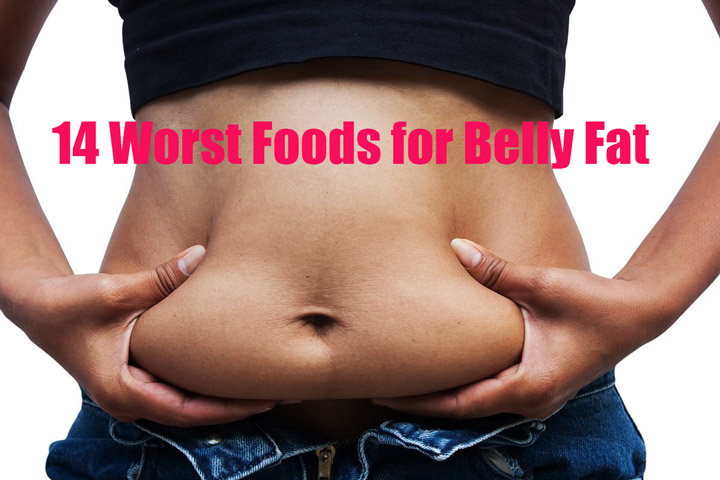
14 Worst Foods for Belly Fat
Excess fat is responsible for a host of health problems, and belly fat is one of the most dangerous kinds.
Fat in the abdomen has been implicated in heart disease, stroke, and other severe problems, so the best diet is one limiting the specific foods contributing to belly fat.
While it may not be possible to control all such foods, avoiding certain groups will go a long way toward improving your diet and reducing belly fat.
1. Refined grains
Unlike the whole grains in the brown forms of foods, refined grains have been modified from their natural form, dramatically increasing your chances of piling on extra pounds. Common examples of refined grains include white rice, white bread and white pasta.
During refining, grains lose much of their nutritional content because of the removal of germ and bran. This improves the texture, lightens the color and slightly alters the taste.
Coloring or texturizing agents such as bleach and bromine are added, and the finished product is thoroughly mixed to ensure consistency. Texturizing processed grains also makes them more easily assimilated as fat.
A Harvard Medical School research project conducted for over a decade found that participants eating the most refined grains were substantially more likely to gain unwanted weight. Those eating the most whole grains were least likely to develop unsightly belly fat.
In addition to helping control weight, the high levels of germ, bran and other natural nutrients makes whole wheat products clearly superior to their refined counterparts.
Many products are labeled “enriched” because nutrients such as thiamin, iron, riboflavin and niacin are added. However, the nutrients added are only a fraction of what was taken out, and natural grains are usually more nutritious than “enriched” ones. A notable exception is maize, in which refinement increases the bioavailability of niacin.
2. Whole milk or 2% milk
People concerned about their health often avoid drinking whole milk due to its high fat content.
Cutting out all milk consumption is not a good idea, since milk has definite health advantages, but all that fat is not one of them.
Once people become aware of this, they often switch to 2% milk as a compromise to get the familiar flavor and health benefits of milk with less fat.
However, few of these dieters are aware that 2% milk still has a fairly large calorie and fat content, so it may promote an increase in belly fat if regularly consumed.
Those who drink it for fitness may not see a weight loss, and they may even gain weight because they think they can drink more milk if it has reduced fat. Drinking a large amount of low-fat milk is no better than drinking a moderate serving of whole milk.
If you want to cultivate a trim belly, choosing fat-free milk or 1% milk is the best plan. These types of milk are still high in calcium and other valuable nutrients, but are lower in calories and certainly lower in fat. With these products, you can indulge in large servings and still keep your fat intake down.
3. Soda
Whether you opt for traditional soda or one of the diet alternatives, belly fat is an unfortunate but common result.
Habitual soda drinkers who go “cold turkey” often see a significant weight loss that remains as long as they do not return to drinking sodas.
Regular soda contains vast amounts of empty calories in the form of sugars, spiking your blood sugar and promoting weight gain, especially around your abdomen.
Caffeine adds a feeling of stimulation that some interpret as an appetite for food. In addition, studies suggest that the artificial sweeteners used in diet sodas can inhibit your body’s ability to detect fullness, leading to a lack of satisfaction and increased likelihood of over-eating.
This is why a person with a soft drink in one hand will often have a burger or a candy bar in the other. These foods do not just “go together.” They actually combine in the body to increase your appetite for both food and drink. The more you consume, the more you want.
Instant or concentrated flavorings are no better, since they contain a huge jolt of sugar. Water is the best alternative, and if you want to liven up the taste, you can add a squeeze of fresh lemon.
4. Breakfast muffins
When you pick up a breakfast muffin at a coffee shop, you may congratulate yourself for resisting the allure of glazed doughnuts.
Granted, this is a victory, and any step in the right direction is good. However, that step may not be as big as you think.
You should be aware that the average breakfast muffin contains around 500 calories and more than half your daily recommended intake of sugar.
If you are unaware of how much sugar you have eaten at breakfast, you will probably keep consuming sugary products all day, pushing yourself far over the healthy sugar limit.
Consumed on a regular basis, these muffins can start to make your jeans feel tight around the waist. The same is true of donuts, Danish pastries, toaster tarts and other sweet breakfast foods. They look small and it is easy to overeat them, but you should think of them as concentrated sugar pills and avoid them as much as possible.
To avoid packing on more belly fat, look for diet muffins, which tend to be less than 200 calories, or make yourself some homemade muesli using oats, fat free milk and dried fruit. Add a small amount of plain yogurt and leave in the refrigerator overnight for a delightful tartness, but use it moderately, since yogurt contains sugar and fats, too.
5. Cheese
Although cheese is a good source of calcium and promotes bone health, it is unfortunately also a source of high levels of saturated fat.
Everything we have said about milk goes double for cheese, since it is really just a concentrated, solidified form of milk.
Acetates created by high doses of saturated fats cause the body to create extra cholesterol. This clumps in organs and veins, a problem aggravated by the clumping of the saturated fats and proteins.
The result is a thick accumulation that slowly reduces the width of the blood vessels, cutting the amount of blood they can carry and increasing the chances of heart problems.
You may think you are eating it in moderation, but the truth is that even a very small serving of a rich cheese may contain around half of your recommended daily intake of fat.
Cheese also appears in many processed foods and restaurant dishes where its presence may not be obvious. When possible, ask the waiter or check the ingredients list on packaging to find out what you’re really eating.
Cheese is so ubiquitous and delightful, it really is not practical to cut it out completely. The next time you want to add some cheese to a baked potato or sandwich, try using a small amount of reduced fat cheese instead. While these substitutes were once rubbery, you will find that their quality has markedly improved.
6. Any foods containing trans fats
As with dairy products, you should always scan the labels of the fatty products you buy, and make alternative selections if you see trans fats or partially hydrogenated oil on the list of ingredients.
These products are used to increase the shelf life of foods, and they came into use before their potentially harmful effects were known.
Now they are widely used, and while efforts are being made to phase them out, they will undoubtedly be included in some products for years to come.
Even less than a gram of trans fat can have negative implications for your health. Most importantly, a wide range of studies have confirmed that consumption of trans fats can cause an increase in belly fat, known to be a risk factor in heart disease.
The link between trans fats and heart disease was confirmed by a study reported in the March, 2014 publication “Annals of Internal Medicine,” which concluded that there is no such thing as a safe dosage of these substances. The effects are cumulative, so even small doses will eventually build up to high levels in the body.
In addition to their role in weight gain, trans fats have been linked to heart disease and strokes due to their tendency to cause heightened cholesterol levels. Foods that most commonly include trans fats include baked goods, microwaveable popcorn and fried foods.
7. Caesar salad
If you’ve made the mistake of thinking that all salads are diet meals, you are in good company; most people associate salads with reduced calorie consumption.
This is true, as long as it is a small salad with a minimum of toppings.
However, some salads can ruin your attempts to slim down, and Caesar salads are often the worst because of their size and profusion of toppings. Salads can be big or small, and you can load them up with whatever you like.
By the time you add boiled eggs, high-calorie dressing, ham and a few other toppings, you’ve got a meal as fattening as extra-large fries.
Granted, the ingredients in a salad are usually a lot healthier than fries, but if you eat too many of them, they can still end up under your belt.
The dressing of the average Caesar salad is estimated at over 300 calories, and you will also be ingesting approximately 30 grams of salad as well as all those additives. A lot of that will go straight to your belly.
If you want to have a healthy salad, making it yourself is always the best. Add plenty of vegetables, lean meat and a light olive oil dressing seasoned with herbs.
8. Processed meat
Although you may enjoy sandwiches with cold cuts or like to grill hot dogs on the barbecue in the summertime, it is smart to make a habit of avoiding processed meats if you want to cultivate a lean, slender stomach.
Unlike leaner cuts, processed meats tend to be very high in both calories and saturated fat, implicated in the development of heart disease and stroke.
A recent study published in the New England Journal of Medicine found that these meats are one of the twelve most common causes of weight gain.
Those who frequently eat cold cuts, hot dogs, ground meats and other heavily processed meat products will probably see a weight drop if they switch to healthier products subjected to less processing and additives.
Many processed meat products contain high levels of nitrites and other additives to extend their shelf life or alter their texture.
While these may not contribute to weight gain, they have been implicated in various cumulative health problems. If you reduce your intake of processed meats, you will probably notice a weight loss and improve your long-term health, too. Always opt for better quality meats, such as less altered, lean breast cuts from free-range chicken. Limit heavy sauces as much as possible.
9. Fast food
All your favorite cheese burgers, breaded chicken strips and French fries count as fast food, as well as pizzas and side dishes from popular chains like Pizza Hut.
While they are easy to get and are typically affordable, these foods come at a very high price for your waistline.
Fat plays a vital role as the body’s energy storage medium, and only becomes a health risk when consumed in excessive amounts.
As long as it accounts for 30 percent or less of one’s daily calorie intake, fat poses no problem. Unfortunately, nearly all fast foods contain much more than that.
Specifically, fast food is often cooked in fatty oil, increasing your likelihood of gaining belly fat and developing a range of cardiovascular problems.
Most fast foods are also prepared using high levels of salt or sugar. A single meal at a fast food restaurant can contain more than the daily recommended levels of both these ingredients. Even if you did not eat any salt or sugar all day, you might still gain weight from that one meal. In addition, these foods tend to be high in calories. In sum, it is clearly not worth the risk of indulging in fast food.
10. Potato chips
Potato chips come in hundreds of different flavors in order to cater to every taste, and they are a popular form of comfort food often enjoyed while catching up on TV or watching a live football game.
Potato chips are an invitation to overeat.
They are light and crispy, they go down easily, and it’s not hard to lose track of how many you’re eating.
Before you know it, the bag is empty and you’re going to get more. However, your belly will not thank you for eating them.
Unfortunately, potato chips are high in calories and typically cooked in hydrogenated oil, so they end up being a source of trans fat.
Oils are hydrogenated to prolong their shelf life and make them more convenient for cooking, a process that came into use before its long-term effects were known.
In the 1990s, evidence began emerging that foods cooked in hydrogenated oils could contribute to health issues due to excess cholesterol production. Besides their high calorie and oil content, potato chips are loaded with salt.
Like many snack foods, they pose a multiple risk because they have several harmful ingredients capable of causing more than one health problem. Such foods encourage weight gain and increase your likelihood of developing heart disease thanks to this increase in bad cholesterol.
11. Any food containing refined sugars
Foods containing large amounts of refined sugars have little nutritional value but are high in “empty” calories.
These increase blood glucose levels, causing weight gain and an associated increase in diabetes risk.
Refined sugars are among the most common sources of the simple carbohydrates encouraging your body to store extra weight around your abdomen.
These sugars are not natural substances, and our bodies did not evolve the ability to process them. They are also inherently unsatisfying, so a diet high in refined sugars makes you more likely to crave snacks between meals.
Your body does not recognize these foreign substances, so your brain does not get the “I’m satisfied” signal. That signal will come eventually, but only after you have consumed a big overdose of refined sugar.
Common foods containing excessive amounts of refined sugars include candy bars, table sugar, certain pasta sauces, and sweet cereals.
Baked goods such as donuts, cookies and cakes can also push your sugar intake over the recommended limit. Some of the biggest culprits are beverages such as energy drinks and fruit drinks.
Those containing vitamins or other “healthy” ingredients still have enough sugar to substantially increase your weight, if consumed regularly. Water may not be as trendy, but it’s a lot healthier.
12. Alcohol
Whether you love a good pint of beer, favor hard liquor or indulge in fancy cocktails, almost all alcoholic beverages go right to your belly.
A “beer belly” is exactly that. Think of it as a 12 pack tied around your waist.
The main problem is alcohol must be burned immediately, and this slows down your body’s ability to burn fats and sugars by inhibiting lipid oxidation.
Unable to burn these substances fast enough, your metabolism puts them in storage in your waist, buttocks and other problem areas. Further, alcohol contains more of those infamous empty calories, providing you with little to no nutritional benefit.
Alcoholic beverages also fill your stomach with liquid. Ideally, you should have a mix of solid and liquid in your stomach, so all that alcohol makes you crave solid food.
This is why alcohol is often served with food, and bars put out peanuts and pretzels. Any additives increase the beverage’s caloric content. Beer is fermented grain, wine is fruit juice and liquor is a syrup of sugar and alcohol.
Any mixer is loaded with calories, especially if it’s the frothy, milky kind. By the time the alcohol is ready to drink, it’s a weight bomb.
If you must indulge every now and again, try to stick to one or two light beers, or choose drinks with a low calorie mixer such as gin and tonic.
13. Store-bought smoothies
When you pick up a smoothie at a juice bar or coffee shop, you may believe that you are sticking to your diet.
Smoothies are supposed to be a healthier alternative to soft drinks, right?
That’s what they are supposed to be, and some are advertised that way.
However, when you eat a smoothie, you are probably increasing your chances of keeping or developing extensive belly fat.
It is true that smoothies contain fruit juice and pureed fruit, and these are normally good things.
A piece of fruit or a glass of juice makes a great snack. Unfortunately, smoothies have lots of other ingredients, and some of them are not so wholesome.
Store-bought smoothies tend to clock in at around 350 calories each, and often contain gram after gram of added sugar. Even worse, the fruit may be from concentrate rather than fresh, removing many nutritional benefits.
Some smoothies even promote a flabby belly by including ice cream containing fat and sugar. The situation can be improved by making your own fruit drinks. That way, you know your fruit is fresh instead of concentrate, and you can limit the amount of sugar added.
Leave out the ice cream! Your taste buds may miss it, but your belly will thank you.
14. Salt
Although salt will not cause weight gain around your midsection, consuming high levels of sodium can leave you looking like you have a fat belly.
Sodium prompts your body to retain water. Much of this appears around your abdominal area, making you look bloated and flabby. It can also make you feel sluggish and discourage healthy exercise.
Drugs and diets promising quick weight loss are usually just diuretics. They make you shed water producing dramatic weight loss, but as soon as you drink more water, it gets stored in the abdominal area again.
If you do this regularly, you will end up on a roller coaster of bloating and dehydrating yourself, an unhealthy state promoting various health problems. As much as we would like an easy solution, the only certain way to keep water weight off is cutting your salt consumption.
Excessive salt consumption is also implicated in high blood pressure and heart disease, so controlling your salt intake is one of the healthiest dietary decisions you can make.
In addition to cutting down on the amount of table salt that you add to food, check the labels of soups and ready meals to keep your sodium levels under control.
Source mensmagazine.com

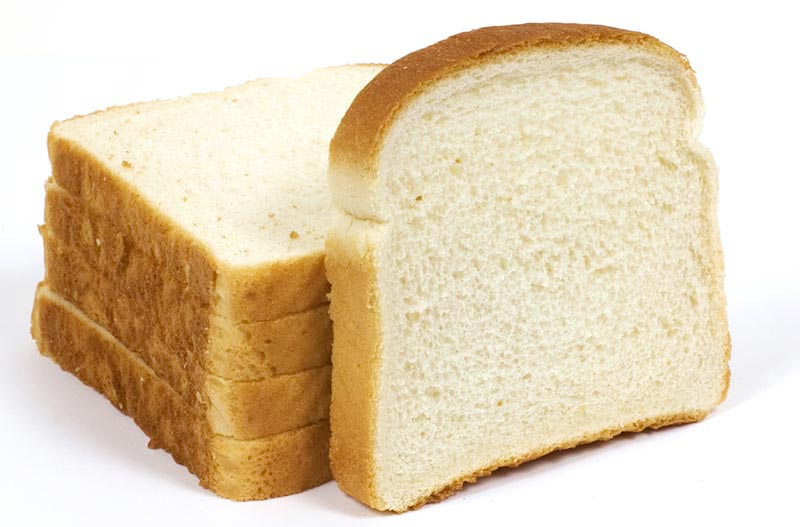

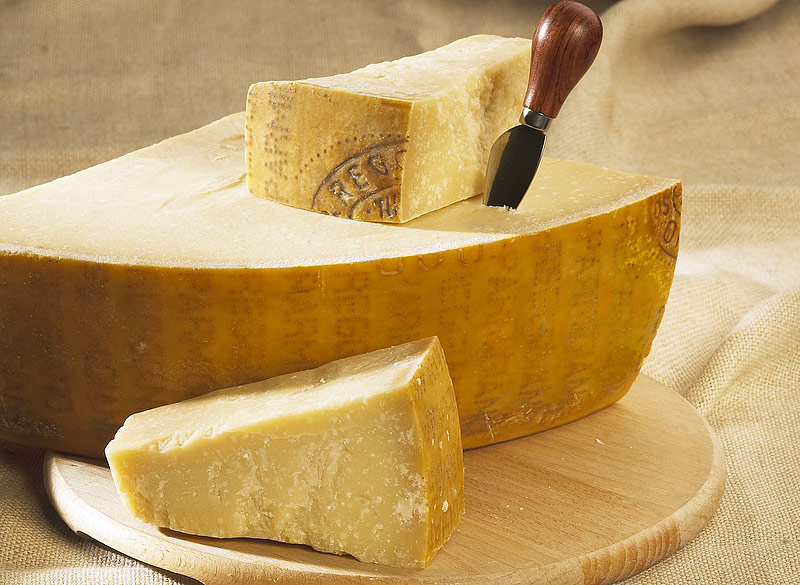
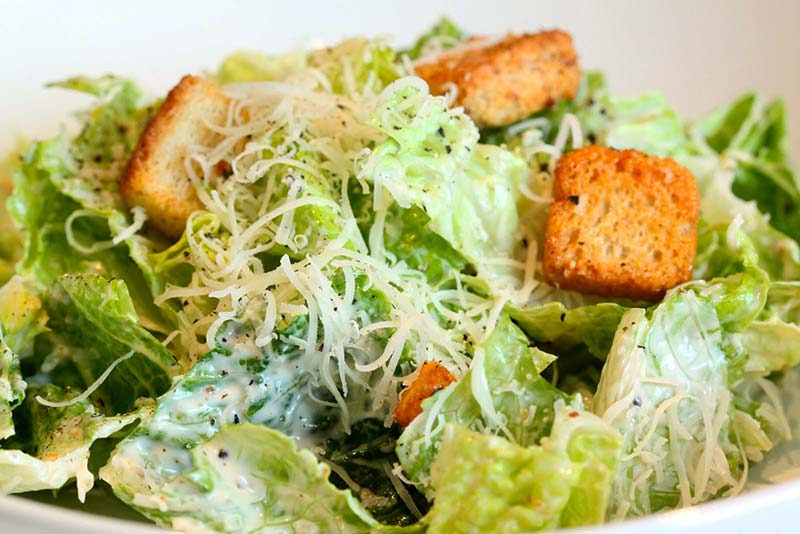
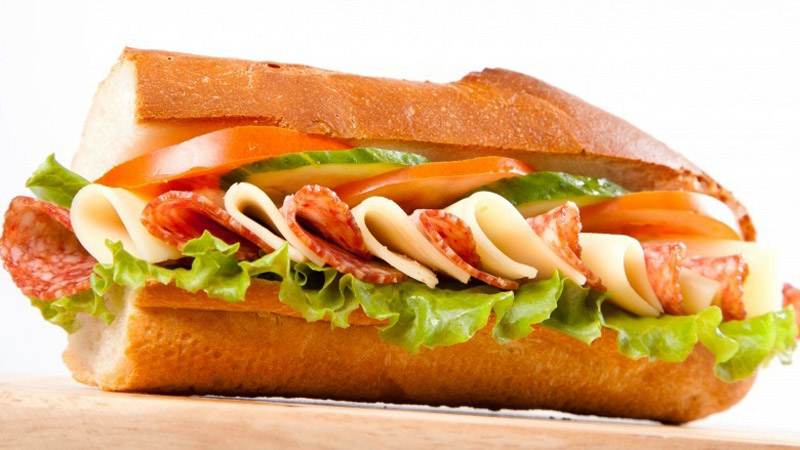
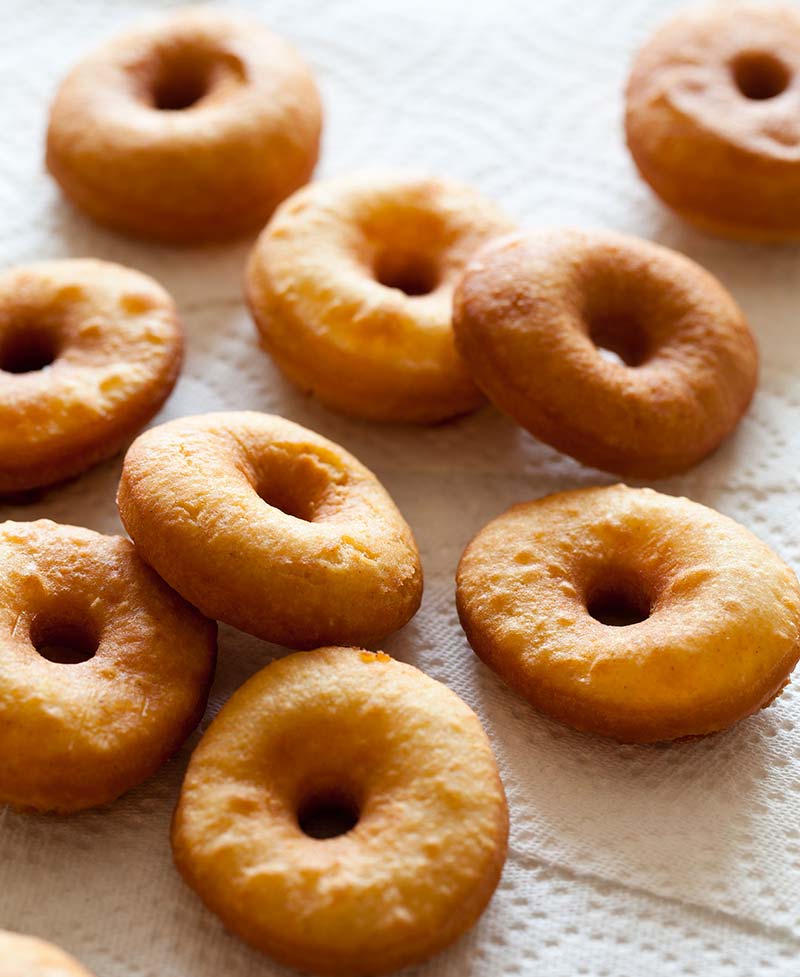
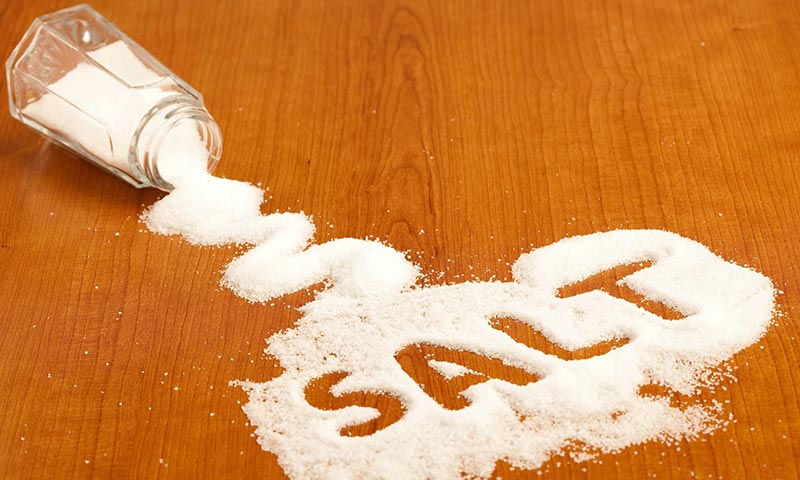
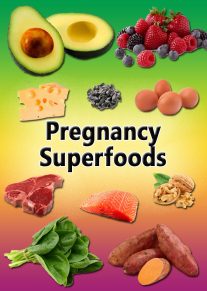
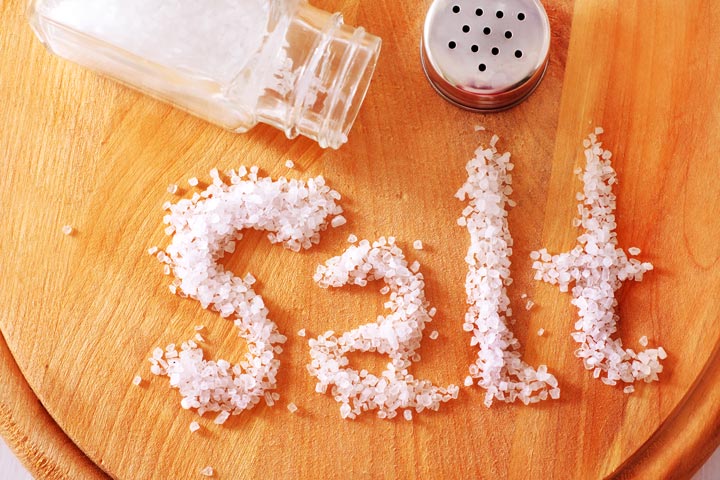
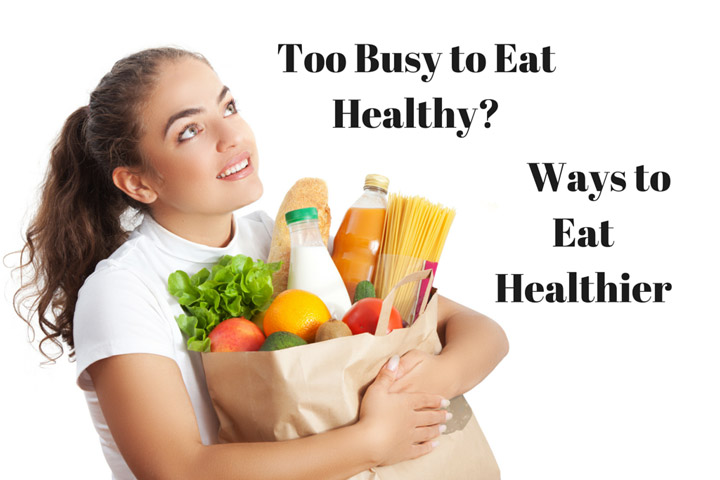
Leave a Reply